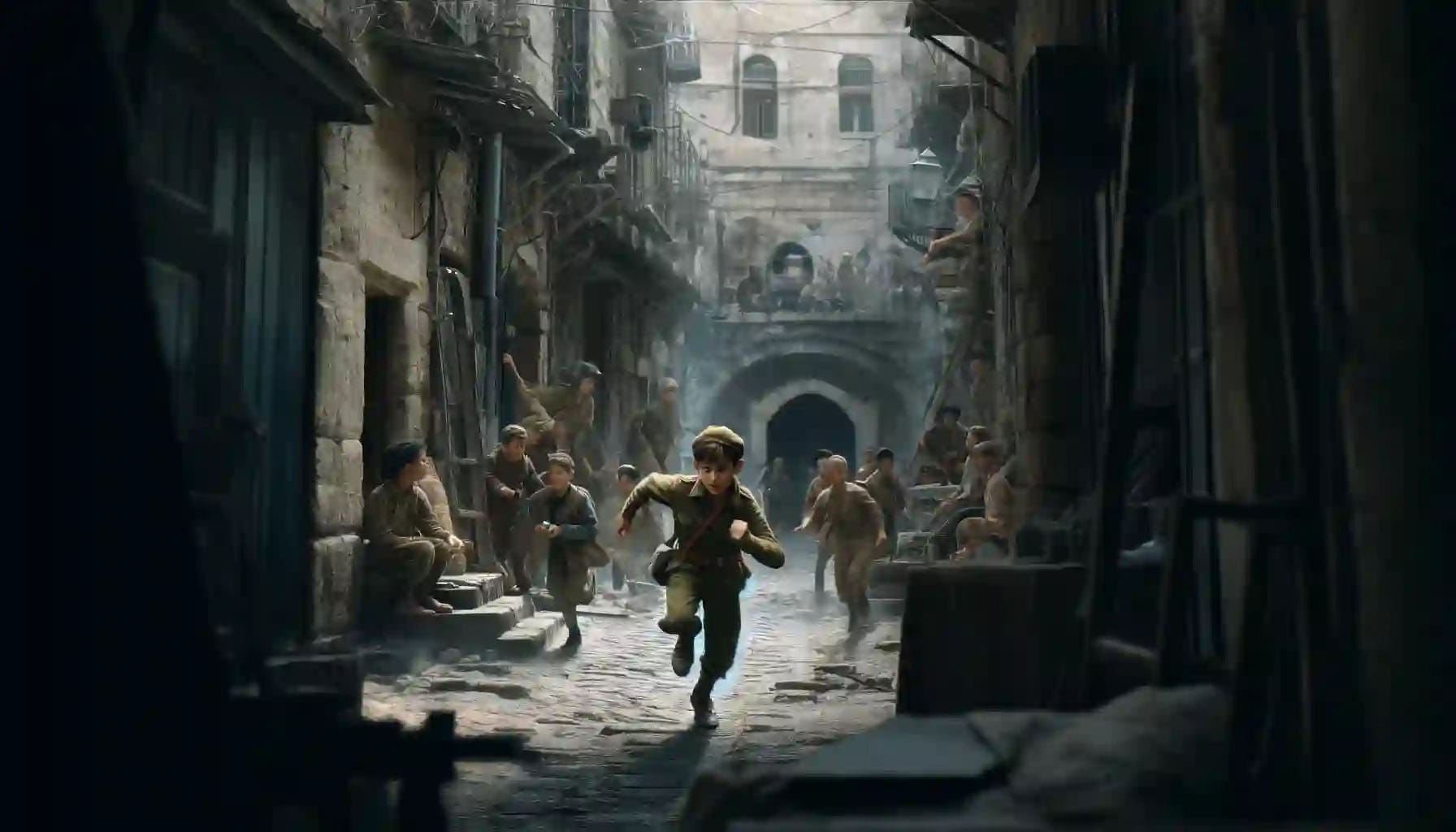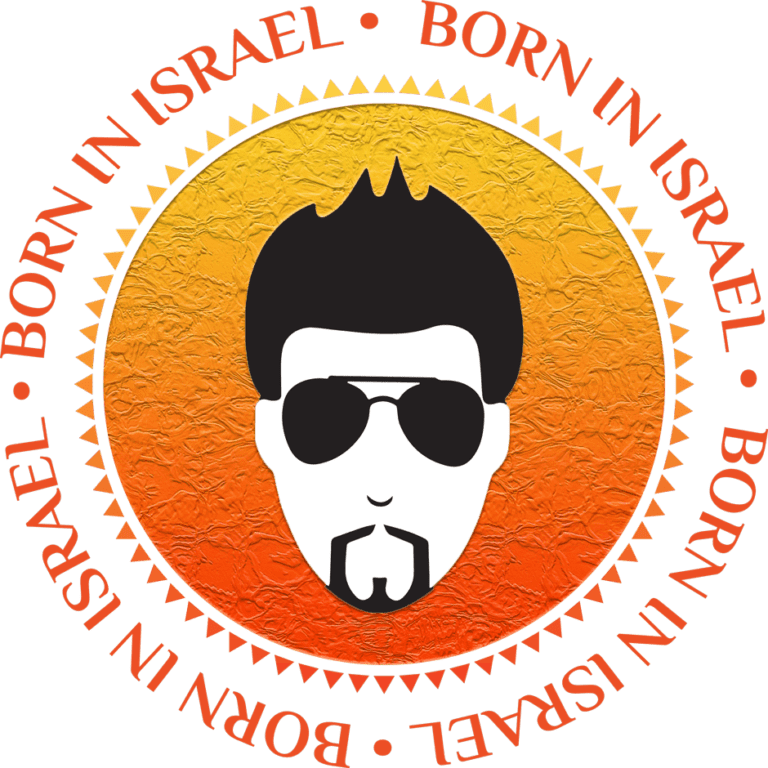The previous post was written on the eve of Independence Day, about Holocaust Remembrance Day, which was observed in Israel about nine days ago. This post is written on Independence Day itself and will discuss Memorial Day in Israel, which is observed just one week after Holocaust Remembrance Day.
On November 29, 1947, the UN General Assembly passed Resolution 181, which effectively divided the land of Israel west of the Jordan River into two states, Jewish and Arab, and an international territory.
The Jewish community was overjoyed and took to the streets dancing and celebrating. This was not the case on the Arab side, which refused to accept the UN decision and turned to war.
Thus began the War of Independence. Initially, it was a civil war since the region was still under British mandate, but after the declaration of independence on May 14, 1948, this civil war became Israel’s War of Independence. No fewer than five Arab armies (Lebanon, Syria, Egypt, Jordan, and Iraq) invaded the country with one goal: to conquer and prevent the existence of the State of Israel.
Three weeks after November 29, the poet Nathan Alterman wrote the prophetic poem “The Silver Platter,” which speaks of the outcome of the war, even though it had just begun and the Arab armies had not yet invaded. The war was still against the local Arabs who refused to accept the partition plan.
In the first stanza, he tells us what the future holds:
“And the land was then still, under bleary-eyed heavens That crimsoned and dimmed o’er the smoking frontier, And the nation stood fixed, broken-hearted but breathing, To receive her new miracle, unique, without peer.”
Nathan Alterman refers to the State of Israel as a “miracle” but not just any miracle, the one and only great miracle. This is the opportunity to receive the miracle that is the State of Israel.
Here is the full poem:
And the land was then still, under bleary-eyed heavens That crimsoned and dimmed o’er the smoking frontier, And the nation stood fixed, broken-hearted but breathing, To receive her new miracle, unique, without peer.
Ceremony at hand, she made ready by moonlight, All bedecked in her costume of festival and fear, Then before her emerged a young lad, a young maiden. Who proceeded to march toward the nation’s premiere.
Dressed in uniformed drab, heavy boots, legs all weary As they silently made their way up the incline, Without a change of their clothes, without washing the stain of All the remnants of day and night on the front line.
Enervated and spent, having sworn off all respite, Dripping with all the sap of a Hebrew youth’s heart They approached soundlessly, and stood rapt at attention, Not a sign if alive, or if shot half-apart.
Then the nation inquired, drenched in tears and enchantment. Of the two, “Who are you?” as they stood, not unnerved. Their reply: “We are they, the acclaimed silver platter. Upon whom the new State of the Jews has been served.”
They dropped dead at her feet, and the rest, yet to tell, Will be penned in the Chronicles of Israel. Translation by ELLI SACKS from the website Poems Of A Life Twice Planted.
David Ben-Gurion, one of the leaders of the Zionist movement and Israel’s first prime minister, said: “In Israel, in order to be a realist, you must believe in miracles.”
I want to tell you about the youngest fallen soldier of the State of Israel, who was killed in the War of Independence during the battle for the Jewish Quarter in Jerusalem: Private Nissim Gini.
Jerusalem, 1948, at the height of the War of Independence, on May 14, 1948, a Friday.
About eight hours before the official end of the British mandate over the land, in accordance with the UN General Assembly’s decision, and despite it being Friday with the Sabbath about to begin, the People’s Administration (the body for managing settlement and war affairs before the War of Independence) convened. Its chairman, David Ben-Gurion, declared the establishment of the State of Israel, and the Declaration of Independence was signed.
This happened on the same day the British left the country, as the leadership knew that once the British mandate ended, the regular Arab armies would invade to prevent the implementation of the UN partition plan. Up until that moment, a Jordanian force mainly composed of volunteers, who were mostly not professionals and not recognized as an official army, had invaded the land. They were essentially a failed “coalition.”
However, it was known that the day the British left, nothing would stop the various Arab armies from waging an official war.
With the outbreak of the War of Independence and the British departure, the Jordanian Legion imposed a heavy siege on the Jewish Quarter in Jerusalem’s Old City. The severe shortage of fighters led many children in the quarter to feel a personal obligation and take an active part in the fighting.
They volunteered as lookouts – to warn of enemy infiltration and even to identify shooting sources. Additionally, the children served as messengers. Anyone who has toured with me in the Old City or knows it well understands how easy it is to get lost if you are unfamiliar with the area.
The Irgun and Haganah forces who came from outside to help and defend the residents of the quarter were often unfamiliar with the layout of the quarter and its narrow alleys.
In contrast, the children of the quarter knew all the alleys and paths like the back of their hand, so they served as messengers between the positions. Their primary tool was their legs. Exposed to the line of fire, running between whistling bullets and mortar shells overhead, they delivered messages, ammunition, and food between different fighter positions.
The Jewish community in the quarter lived as one big family.
Everyone knew each other, and everyone helped and supported one another in times of distress. When the siege began, the residents stood by each other.
Nissim’s sister, Chaya: “Shoshana, a good neighbor and friend of our family, went to ask Tubal, the commander of the messengers who instructed them, to release us because Mother was left alone. He said he was willing to release the older siblings, but not Nissim because of the important role he played. Nissim was not released until what happened happened.”
Nissim’s brother, Nathan: “Nissim had actually finished his shift and went down to eat. He had a gut feeling and told Mother it was the last meal he would eat with her. She didn’t have time to respond because at that moment they called him back to the position. The person who was supposed to replace him did not arrive, so he was needed until a replacement was found. Mother said, ‘Look at the situation outside, constant shooting,’ and Nissim, a nine-and-a-half-year-old soldier, said, ‘What do you want me to do, sit at home while others die?’ and left.”
Nissim returned to his position and noticed suspicious movement.
When he raised his head to see who it was, a Jordanian sniper did not spare the peeking child and shot.
The bullet first hit the Mauser gun in the position, breaking its barrel, and then continued, entering Nissim’s jaw and exiting through his neck. Nissim was quickly taken to the hospital, but the limited resources available to the doctors, as well as the shortage of blood supplies, took their toll, and Nissim succumbed to his wounds during the night.
The Jewish Quarter was the only place in the country where the population remained until the end and was not evacuated. In other places, only the fighters remained, while the elderly, women, and children evacuated to safer locations.
The Jewish Quarter was also the only place where the fighters managed to hold out in a battle that lasted ten consecutive days until it fell, which is a lot considering the means available to the fighters.
The quarter surrendered and fell on a Friday. Nissim fell just one day earlier, on May 26, 1948.
In the Batei Machaseh Square, where the population concentrated on the day the quarter fell, about forty bodies were buried, and eight others who were killed in the last two days, including Nissim, were not buried. No one knew what had happened to the bodies of the dead after the Jewish population was expelled from the quarter.
When the Jewish Quarter was liberated after the Six-Day War in 1967, an elderly Arab man approached the soldiers and asked to speak to the senior commander. He told the commander that he had personally buried the bodies and protected the site so that it would not be harmed. He showed the commander scars on his body from beatings by the Legionnaires because he buried the bodies instead of burning them.
Since almost twenty years had passed, it was impossible to distinguish and separate the bones of the fighters from those of the residents. Therefore, Rabbi Goren ruled that they should all be buried in a common grave in a mass grave on the Mount of Olives.
However, among all the bones, only one body could be definitively identified. You see, the young fighter Nissim Gini had not yet lost all his baby teeth, allowing the investigators to confirm his identity.

Private Nissim Gini – February 12, 1938 – May 26, 1948, aged 9.5 at the time of his death. The youngest fallen soldier of the IDF. May his memory be blessed.
“And the nation inquired, drenched in tears and enchantment, Of the two, “Who are you?” as they stood, not unnerved. Their reply: “We are they, the acclaimed silver platter. Upon whom the new State of the Jews has been served.”
Let me know what you think about this article in the comments below, and feel free to share it!


